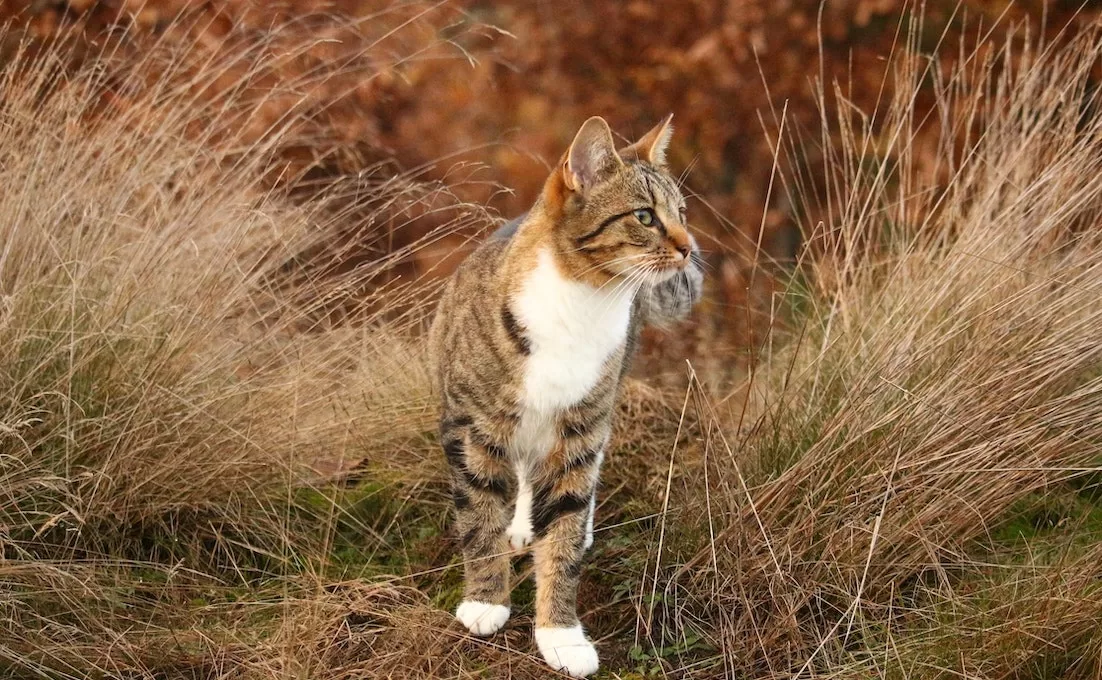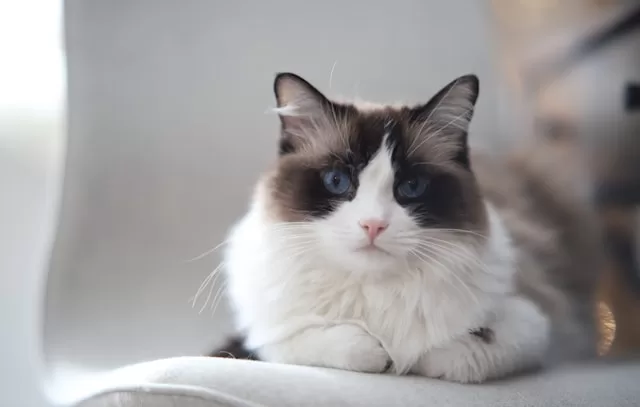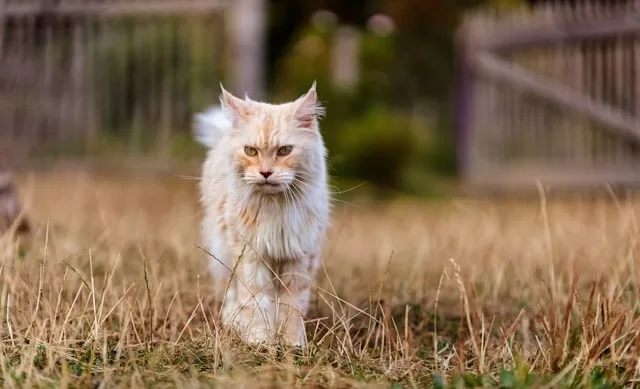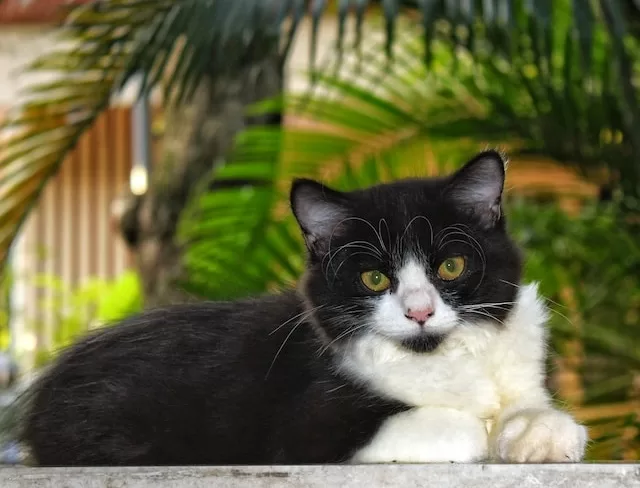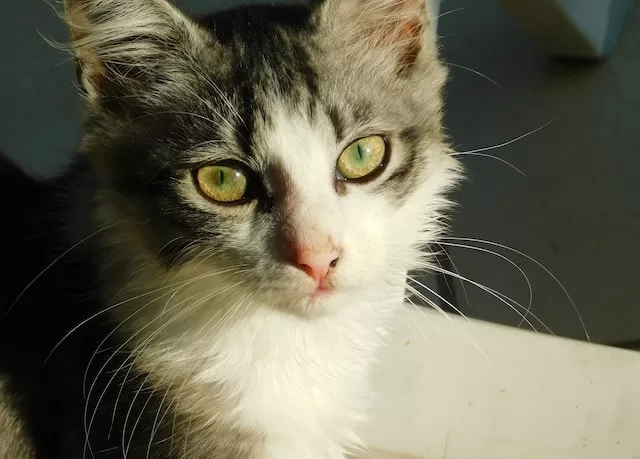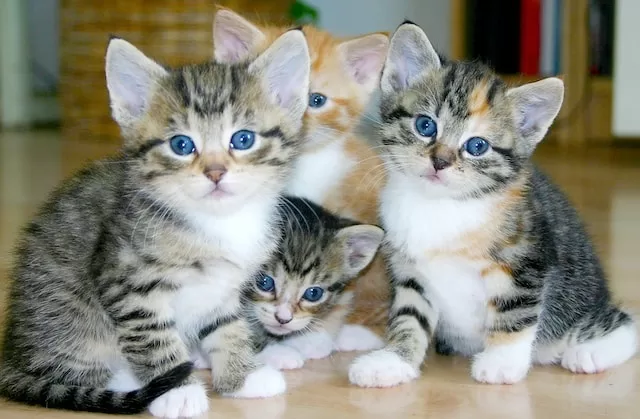Having a cat as a pet is a delightful experience, but one aspect that requires careful consideration is the litter box. A clean and appropriate litter box is essential for your cat’s well-being and your household’s hygiene.
In this, we’ll provide you with a simple and easy guide on cat litter boxes, including their types, placement, maintenance and common problems you may encounter. Let’s get started.
Types of Litter Boxes
Open-Top Litter Boxes: These are the most common and basic type of litter boxes. They have high sides and an open top, providing easy access for your cat. They are affordable and suitable for most cats.
Covered Litter Boxes: These boxes come with a removable cover that provides privacy and reduces odor. They are particularly useful if your cat prefers privacy or if you want to keep the litter mess contained.
Self-Cleaning Litter Boxes: Self-cleaning litter boxes use sensors or timers to automatically sift through the litter and remove waste. They are convenient for busy cat owners, but they can be expensive and may require some maintenance.
Choosing the Right Litter Box
When selecting a litter box, consider your cat’s size, age, and preferences. Ensure that the box is spacious enough for your cat to turn around comfortably. If you have a senior or disabled cat, choose a litter box with low sides for easy entry. Experiment with different types of boxes to see what your cat prefers.
-
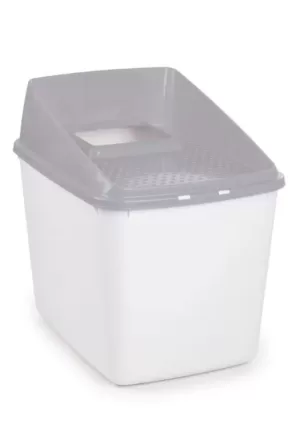 NO MESS LITTER BOX GREY – L 40 x W 53 x H 50.5cmAED 140.00
NO MESS LITTER BOX GREY – L 40 x W 53 x H 50.5cmAED 140.00 -
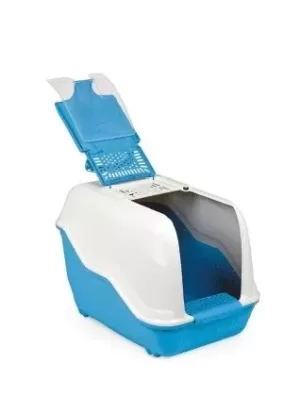 NETTA CAT LITTER BOX 52 x 39 x 39cmAED 100.00
NETTA CAT LITTER BOX 52 x 39 x 39cmAED 100.00 -
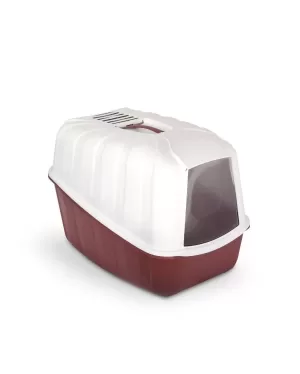 KOMODA CAT LITTER BOX 52 x 39 x 39cmAED 85.00
KOMODA CAT LITTER BOX 52 x 39 x 39cmAED 85.00 -
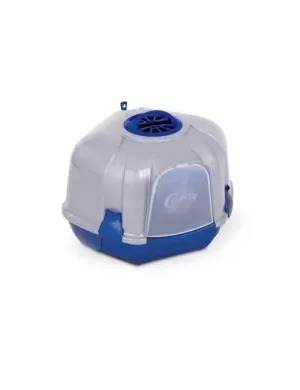 CORNER CAT LITTER BOX 54 x 40 x 55cmAED 105.00
CORNER CAT LITTER BOX 54 x 40 x 55cmAED 105.00 -
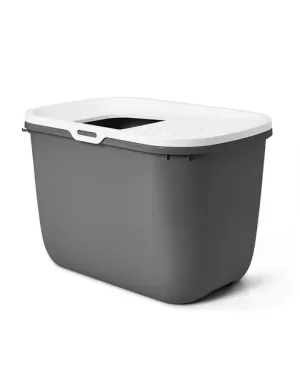 Savic Hop In Top Entry Litter 58 x 38.5 x 39.5 cmAED 120.00
Savic Hop In Top Entry Litter 58 x 38.5 x 39.5 cmAED 120.00 -
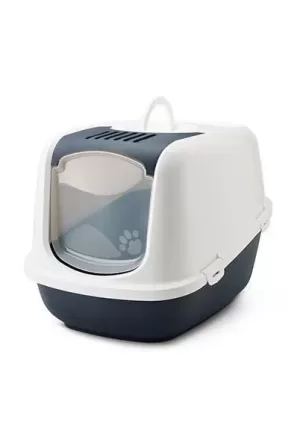 Savic xlarge Nestor Jumbo Litter box 66,5 x 48.5 x 46.5 cmAED 189.00
Savic xlarge Nestor Jumbo Litter box 66,5 x 48.5 x 46.5 cmAED 189.00
Placement and Setup
Accessibility: Place the litter box in a quiet and easily accessible area where your cat can use it without disturbance. Avoid placing it near loud appliances, in high-traffic areas, or close to your cat’s food and water bowls.
Multiple Boxes: If you have multiple cats, it’s important to provide one litter box per cat, plus an extra box. Cats value their territory, and having multiple boxes helps prevent conflicts and ensures everyone has their own space.
Litter Box Maintenance
Scooping: Scoop the litter box at least once a day to remove solid waste and clumps. Regular scooping prevents odor buildup and keeps the litter box clean and inviting for your cat.
Complete Cleaning: Every few weeks, empty the entire litter box, wash it with mild soap and water, and refill it with fresh litter. This thorough cleaning helps maintain hygiene and prevents bacterial growth.
Common Litter Box Problems and Solutions
Avoiding the Litter Box: If your cat is avoiding the litter box, it could indicate a health issue or behavioral problem. Consult your veterinarian to rule out any medical conditions. Also, ensure the litter box is clean and accessible.
Litter Preference: Cats have individual preferences for litter texture and scent. Experiment with different types of litter to find the one your cat prefers.
Odor Control: To control litter box odor, use clumping litter and consider adding baking soda or activated charcoal to absorb smells. Regular scooping and complete cleaning also play a vital role in odor control.
Overall
Choosing the right litter box, maintaining cleanliness, and addressing any issues promptly are key to ensuring your cat’s litter box experience is pleasant and hygienic.
By following the tips and suggestions in this article, you’ll be well on your way to providing a comfortable and suitable litter box environment for your feline friend.

